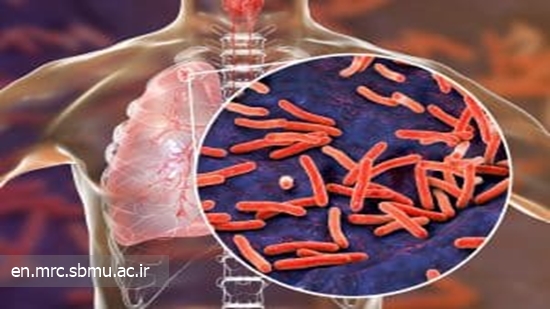Promising new drugs for the ancient pathogen Mtb
mb

Tuberculosis (TB), an ancient and notoriously difficult disease to treat, has killed millions of people throughout human history. Antibiotics that have been used to fight disease in recent history are less and less effective.
Against this reality, Dennis Wright, a professor of chemistry at the University of Connecticut's School of Pharmacy, has developed a new method to prevent the astonishing pathogen Mycobacterium tuberculosis (Mtb). His findings have been published in Cell Press. "Although it may not appear in the United States, TB is one of the leading infectious disease killers in the world, now surpassing HIV. And the areas most affected by TB are those that are increasingly industrialized," Wright says. have been, including China, Russia and India.
Current treatment protocols require the use of multiple drugs due to the unruly ability of bacteria to develop drug resistance.
Wright says: Drug-resistant strains may increase as a result of increased dependence on treatment protocols. "First-line treatment for drug-sensitive TB is using a combination of three to four drugs," he says. "The mix is necessary because the pathogen is a master at developing drug resistance."
The duration of treatment is at least 6 months for drug-sensitive strains; But for drug-resistant TB, it can be 18 months and often longer. Unfortunately, this means that adherence to full treatment is unlikely or impossible, especially in less industrialized areas.
Different ways to target bacteria
At UConn, Wright is pioneering a new approach, producing drugs that target drugs in a different way than previous classes of drugs. He says this method exists to help circumvent pathogen resistance to existing drugs.
In recent years, research on the disruption of the folate pathway in Mtb has been investigated as a means of treating the infection.
The folate pathway is essential for the production of nucleic acids, or the building blocks of DNA and RNA (the information an organism needs to reproduce).
Because it is so important to its survival, the folate pathway is also highly conserved (meaning that anti-folate drugs can target bacteria, fungi, but also humans). Therefore, only the right combination is needed to ensure that the pathogen and not the host is affected.
"It's easy to make potent anti-folate compounds, but the challenge is not to interfere with the human folate pathway," Wright says. "TB is very interesting because even though the folate pathway is highly conserved, there are many differences between Mtb and humans, and these differences are what we are trying to target."
The promise of antifolate drugs as a new class of drugs for the treatment of tuberculosis and many other diseases is great.
However, there is currently only one antifolate used to treat tuberculosis, known as para-aminosalicylic acid (PAS).
Wright and his team compared PAS with 60 antifolates designed to target a very specific molecule of the folate pathway called dihydrofolate reductase (DHFR).
Colleagues investigated these compounds in the culture of Mtb, including drug-resistant species.
"The Mtb and human DHFR enzymes are very little different, but actually the single amino acid change in the drug binding site is enough for us to choose," says Wright.
The compounds of this compound not only inhibit the selective DHFR pathogen, but also facilitate the placement of this drug in the bacteria.
Administering drugs is challenging, Wright says, because TB is one of the hardest microorganisms to penetrate. "This resistance to the drug is due to the waxy outer coating that allows it to hide from the immune system."
Classical antifolates, such as methotrexate, require active transport into cells; However, the compounds developed by Wright and his team enter the cell passively.
The folate cycle can also play an important role in the bacteria's ability to produce a waxy protective coating, Wright says, meaning it can make it easier for other substances to get in to help fight infection.
Wright says that these two findings showed the validity of targeting these promising compounds; And in general, researchers consider their compounds to be more effective than PAS. He hopes that funding agencies will become interested in this promising class of drugs.
More work is needed to bring them to market for TB treatment. "As people travel more, I'm not sure how long TB will remain isolated," he says.
This research was funded by NIH (Al104841 & Al111957).
Source: www.sciencedaily.com
